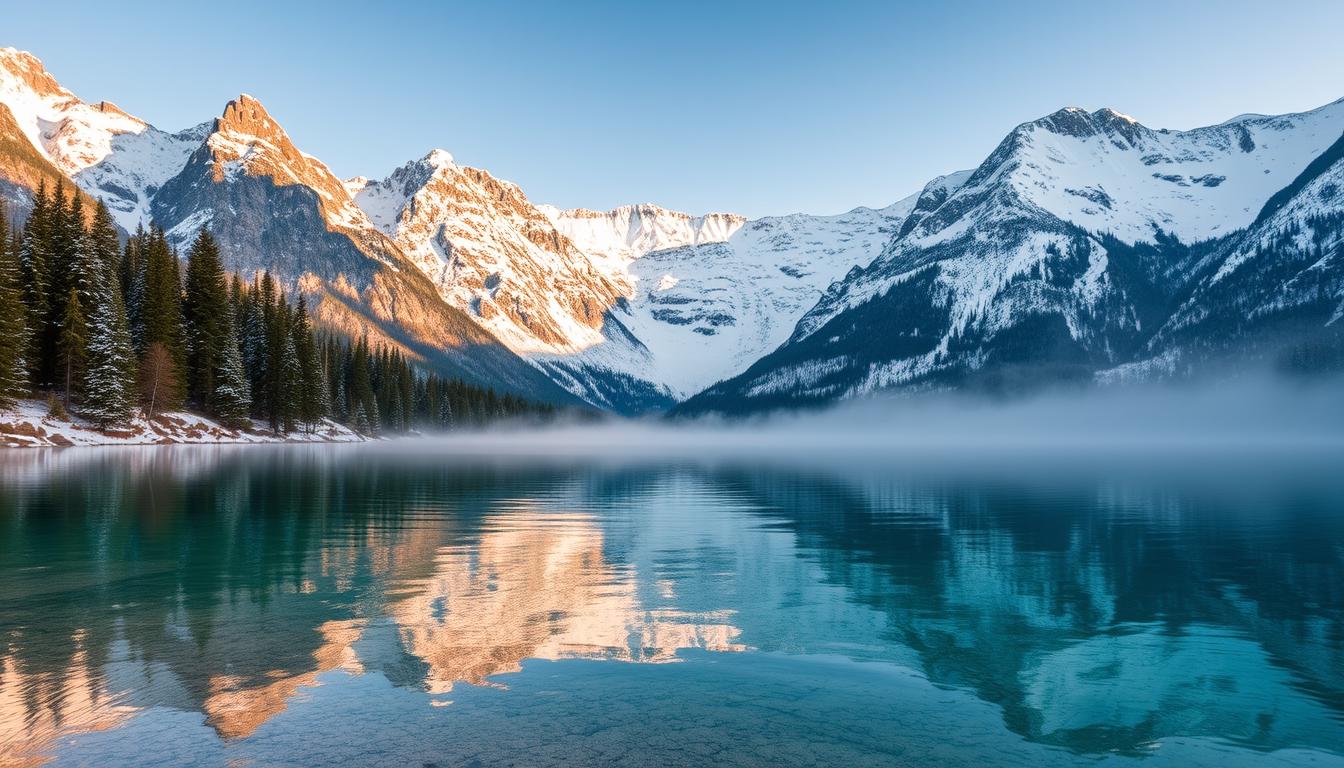Lake That Never Freezes – Imagine standing on a frozen lake in winter, but the water beneath stays liquid. These lakes are natural wonders that defy our understanding of winter. While snow covers everything, their surfaces remain open, creating year-round water bodies that amaze scientists and adventurers.
These lakes have secrets about nature’s strength. Their stories mix science, history, and ecology, revealing Earth’s hidden forces. Whether you love nature or are just curious, these lakes offer a chance to explore the extraordinary, Lake That Never Freezes.
Categories Extreme Sports & Adventure
